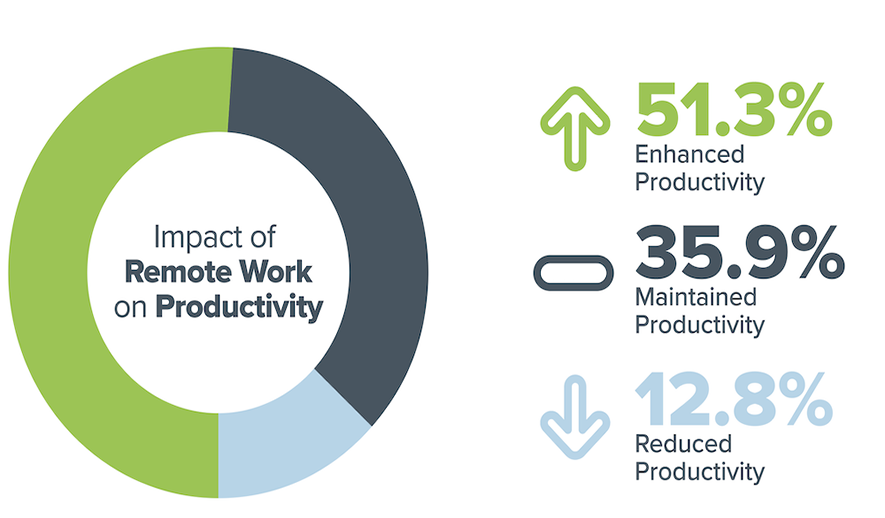
Effect of Remote Work on Company Culture & Tools to Help
Remote work significantly changes company culture by shifting interactions from informal, in-person moments to intentional, virtual ones. To thrive, companies must adapt their strategies to maintain connectivity, transparency, and a strong sense of purpose for their distributed teams.
Effects of remote work on company culture
Positive effects:
- Increased flexibility and autonomy: Employees often gain a better work-life balance and higher job satisfaction, which can lead to increased productivity.
- Wider talent pool: The removal of geographical barriers allows companies to hire diverse talent from anywhere, enriching the company culture with new perspectives and skills.
- Improved diversity and inclusion (DEI): When managed thoughtfully, remote-first cultures can be more inclusive, accommodating diverse employee needs and giving more visibility to marginalized groups.
- Greater focus on results: Remote work encourages a shift from evaluating employees based on hours spent in the office to judging them on tangible outcomes. This can foster a more results-oriented culture.
- Cost savings: Companies can reduce overhead costs related to physical office space, allowing them to reinvest in employee growth and benefits.
Negative effects and challenges:
- Social isolation: A lack of spontaneous, informal interactions can cause employees to feel disconnected and isolated from their colleagues and the company.
- Communication barriers: Misunderstandings can occur more easily without face-to-face interactions. Time zone differences also complicate synchronous communication and can delay projects.
- Risk of burnout: The blurred lines between work and personal life can lead to an "always-on" mentality, causing employee burnout.
- Maintaining company identity: Without shared routines and rituals, reinforcing the company's core mission and identity becomes more difficult.
- Siloed teams: Separate departments may become more isolated, limiting cross-functional collaboration and knowledge-sharing that often happen casually in an office.
- Proximity bias: Managers may unintentionally favor in-office employees when it comes to promotions or opportunities, creating inequity and damaging morale among remote workers.
Tools to help manage remote company culture
The right technology is critical for intentionally cultivating and maintaining a positive remote culture.
Communication and collaboration tools
These platforms replace the informal communication that occurs in a physical office and streamline work for distributed teams.
- Slack and Microsoft Teams: These messaging apps use organized channels for different teams or projects, providing a transparent hub for communication, file sharing, and quick questions. Custom channels can also be created for non-work-related topics like hobbies to foster informal connection.
- Zoom and Google Meet: Video conferencing tools are essential for formal meetings and replicating some face-to-face interaction. They can also be used for informal virtual social events.
- Loom: This platform allows employees to record and share short, asynchronous video messages and screen recordings, reducing the need for meetings and accommodating different time zones.
- Google Workspace and Notion: Collaborative document and project platforms allow teams to work on the same materials in real time, with changes and feedback tracked transparently.
Project and workflow management tools
These tools provide clarity and accountability for remote teams, ensuring projects stay on track without micromanagement.
- Asana, Trello, and Jira: These project management platforms provide visual, organized task boards (often using a Kanban style) that give everyone visibility into project progress, deadlines, and responsibilities.
- Nextiva: This unified platform combines communication tools with project and customer experience management to create a central hub for distributed teams.
- Time-tracking software: Tools like Everhour allow teams to track time spent on tasks, providing managers with insight into project timelines and employee workloads to help prevent burnout.
